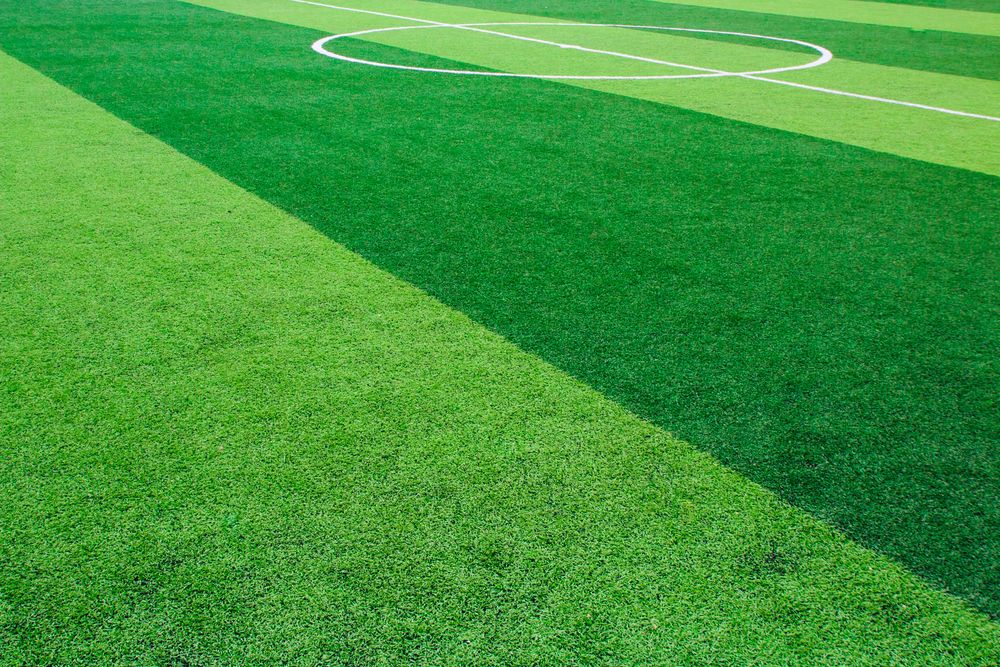Some have questioned whether wet bulb globe temperature (WBGT) measurements taken at one location can sufficiently represent the heat stress across an entire athletic complex. However, a recent study provides evidence that WBGT is consistent over different athletic surfaces.
Researchers at the University of Georgia compared WBGT values over grass, artificial turf, and tennis courts at their athletic facility. They found no statistically significant differences in the WBGT measurements over these varied surfaces.
This suggests centralized WBGT monitoring from one sensor can be reasonably representative for nearby athletic fields, at least in certain conditions.
What is WBGT and do different surfaces impact it?
WBGT combines air temperature, humidity, wind speed, and radiant heat into a single value representing heat stress. It is measured using a thermometer with a wet bulb, a black globe, and a dry bulb.
Surface type doesn’t directly impact WBGT because it is mainly a factor in radiant heat absorption. But radiant heat is just one component balanced with air temperature and humidity. As long as moisture levels are sufficient, the evaporative cooling effect dominates over radiant heat from the surface.
Are there any studies that prove WBGT is consistent across different surfaces?
The study was conducted at the University of Georgia athletic complex which had adjacent fields with grass, artificial turf, and hardcourt tennis surfaces. WBGT measurements were collected simultaneously from sensors positioned 1.25 meters above each surface. Data was gathered every 10 minutes from 9am to 6pm over 4 days in July 2019.
The researchers analyzed differences in WBGT as well as its component measurements across the three athletic surfaces.
Similar WBGT across surfaces
The key finding was that WBGT measurements were statistically similar over grass, artificial turf, and tennis courts. This consistency held even when comparing morning, midday, and afternoon time periods.
On average, the grass field had a WBGT of 82.4°F, while the artificial turf and tennis courts measured 82.9°F and 83.1°F respectively. The maximum difference was only 0.7°F.
This suggests WBGT can be monitored from a single location at this athletic complex without compromising accuracy.
Implications for heat safety policies
This study provides evidence that monitoring WBGT from one location can sufficiently represent the entire athletic complex, at least in humid climates over well-watered grass.
Since the WBGT differences were minor, adopting more extensive monitoring across multiple fields may provide limited additional value. A single WBGT sensor placed in a representative central location can be reasonable to implement heat safety guidelines.
However, it is important to note that the study was limited to a single athletic facility. Further research across different climates, irrigation practices, and surface materials would build greater confidence in applying centralized WBGT monitoring.
Monitoring fewer locations reduces costs and complexity. But organizations should weigh this against any risks and liabilities if localized hotspots go undetected. A layered approach combining centralized monitoring and vigilance during practices may offer prudent heat safety.
Conclusion
This study found wet bulb globe temperatures were statistically similar over grass, artificial turf, and tennis courts at a university athletic complex. Minor microclimate variations in temperature and humidity largely counterbalanced when incorporated into WBGT. Centralized WBGT monitoring provided reasonably representative values across the athletic surfaces.
WBGT on Turf vs Grass: No Significant Difference
Research at a university found wet bulb globe temperature (WBGT) measurements were statistically the same over adjacent grass, artificial turf, and tennis court surfaces. WBGT incorporates air temperature, humidity, wind, and radiant heat into a single value. Surface type doesn’t directly impact the WBGT.

